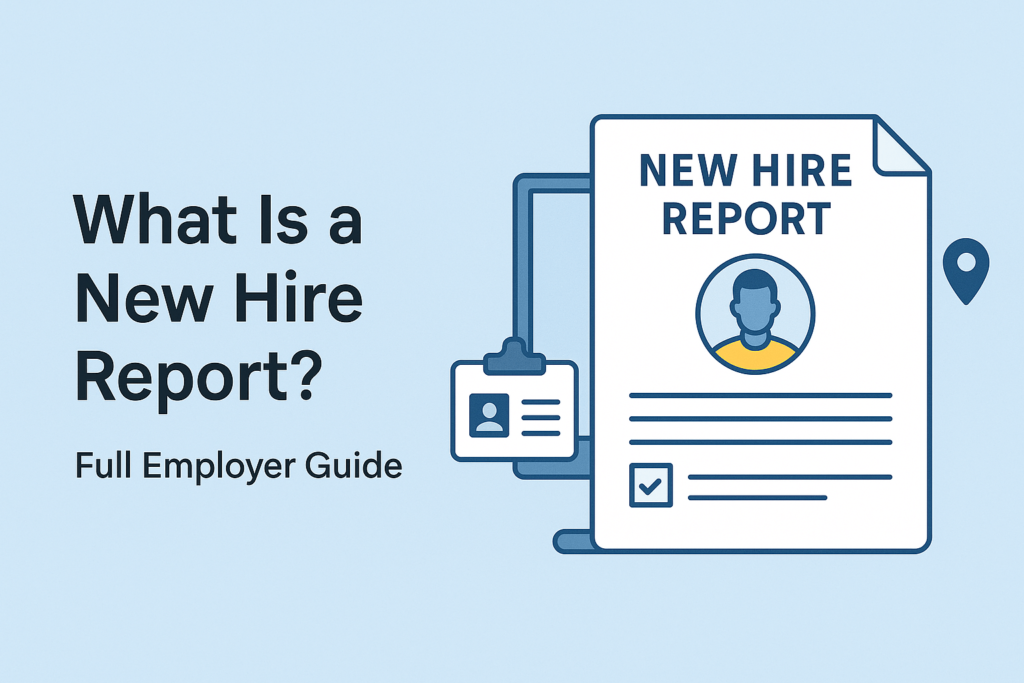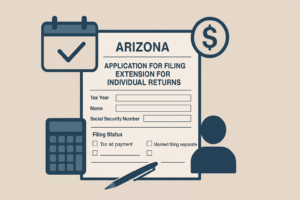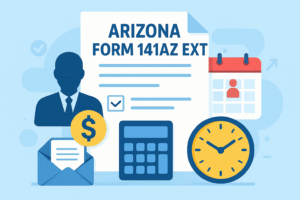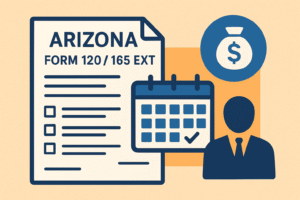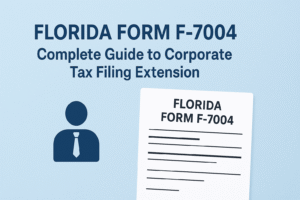A New Hire Report is a mandatory document that employers must submit to their state’s designated agency every time they hire a new employee. This report includes basic information about the employee and is part of a federal and state effort to enforce child support laws, prevent unemployment fraud, and maintain updated workforce data.
The report helps government agencies match employees with child support obligations, detect fraudulent unemployment claims, and track employment trends.
This reporting process is required by law, and it applies to every employer, regardless of size.
Why Is New Hire Reporting Necessary?
New hire reporting serves multiple critical government and social service functions. Here’s why it’s important:
- Enforcement of Child Support Orders:
One of the main reasons for new hire reporting is to help locate parents who owe child support. Once a new hire is reported, the state can match the data with child support databases and issue wage garnishments if needed. - Detection of Fraud:
It helps prevent fraud in programs like unemployment insurance, workers’ compensation, and public assistance. Reporting allows states to quickly identify when someone returns to work, thereby reducing fraudulent claims. - Federal and State Program Compliance:
Employers are required by both federal and state laws to report new hires. It ensures accurate workforce data and aids in law enforcement efforts. - Timely Wage Withholding:
With quick access to hiring data, agencies can issue income withholding orders promptly, minimizing delays in child support collections.
What Types of Employees Must Be Reported?
Employers must report the following:
- Full-time Employees:
Any employee hired to work on a regular, ongoing basis. - Part-time Employees:
Even if they work a few hours per week, part-time employees must be reported. - Temporary and Seasonal Employees:
Hired for a short-term project or seasonal position? They still need to be reported if a W-4 is completed. - Rehired Employees:
If you rehire a former employee after a gap (typically 60+ days), they must be reported again. - Employees Returning from Layoff or Leave:
If an employee is returning after being laid off or on unpaid leave, report them again as a new hire.
Deadline to Report New Hires
The federal guideline requires that employers report new hires within 20 calendar days from the date of hire. However, some states have stricter timelines—as short as 7 days.
Tip: Always check your state’s new hire reporting deadline on your state’s Department of Labor or New Hire Reporting Center website.
What Information Do You Need for New Hire Reporting?
The new hire report requires both employer and employee information. Here’s what you’ll need:
Employee Information:
- Full name (first, middle, last)
- Address
- Social Security Number (SSN)
- Date of hire
- Date of birth (some states)
- State of hire (if company operates in multiple states)
Employer Information:
- Business name
- Business address
- Federal Employer Identification Number (FEIN)
- Contact name and phone number (some states)
How To File a New Hire Report
You can file your new hire reports in several ways, depending on your state’s options:
- Online Reporting:
Most states have a secure online portal. This is the fastest and most recommended method. - Electronic File Transfer:
Ideal for employers with large numbers of new hires. You upload a data file in the required format. - Mail or Fax:
You can send a paper form via fax or mail. This is slower and less secure but still acceptable in most states.
Pro Tip: Set up a workflow where HR or payroll staff report new hires immediately after the W-4 form is completed.
Where Do You Report New Hires?
Each state has its own New Hire Reporting Center, and employers are required to report new hires to the state where the employee works.
You can find your state’s reporting website by visiting the federal directory: https://ocsp.acf.hhs.gov/OCSE/
Note: Multistate employers can choose to report to a single state but must notify the Department of Health and Human Services (DHHS) in writing.
Do We Need to File a New Hire Report If an Employee is Relocated?
Yes—if an employee transfers to another state and completes a new W-4, that counts as a new hire for the receiving state, and a new hire report is typically required there.However, if it’s just an internal transfer without a break in service or tax form update, you usually don’t need to report them again. Always check the specific rules in both states involved.
Do I Have to Report New Hires That Are Contractors?
Only if required by your state.
The federal law does not require 1099 contractors to be reported, but many states do mandate reporting of independent contractors who are paid at least $600 in a calendar year.
Example: California, Texas, and New York require reporting of independent contractors.
Check with your state’s new hire reporting site to confirm if 1099 contractors must be reported.
Who Is Not Required to File a New Hire Report?
While most employers must report all newly hired or rehired employees, there are certain exceptions where new hire reporting may not be required. Understanding these exceptions can help avoid unnecessary reporting and save administrative time.
Here are the key scenarios where new hire reporting is not mandatory:
1. Self-Employed Individuals Without Employees
If you’re self-employed and do not hire any staff, you don’t have to file a new hire report. This includes freelancers, sole proprietors, and independent consultants working alone.
Example: A freelance copywriter working solo with no team doesn’t need to report themselves.
2. Employees Returning from Leave (Not Terminated)
If an employee is returning from paid leave, FMLA, or short-term absence and was never removed from payroll, you are not required to report them again.
Example: A salaried employee returning from a paid 3-month medical leave.
3. Independent Contractors (Varies by State)
Federal law does not require employers to report independent contractors. However, many states do require reporting of 1099 workers, especially if they are paid $600 or more annually. Some states do not require it.
Check your state’s requirements for contractor reporting.
Example: In Texas, 1099 contractors must be reported. In Florida, they do not.
4. Household Employers (Depends on State)
If you hire someone for personal work at home—like a nanny or gardener—some states may exempt you from reporting. Others, like California and New York, still require household employers to report new hires.
5. Volunteers or Unpaid Interns
New hire reporting is not required for individuals who receive no compensation, such as volunteers or unpaid interns.
6. Federal Agencies (Special Internal Rules)
Federal government employers are subject to different reporting processes and may follow internal regulatory procedures rather than state-based systems.
Summary:
If your worker isn’t being paid, never left payroll, or falls into a special exemption (like being a sole proprietor), you may not need to file a report. Always check your state’s reporting rules to confirm.
Are There Any Benefits to New Hire Reporting?
Yes! While it’s a compliance requirement, there are several indirect benefits:
- Avoiding penalties: Staying compliant protects you from fines and legal issues.
- Better workforce records: Keeps your employee database clean and updated.
- Child support collection efficiency: Reduces the time lag in wage garnishments.
- Fraud reduction: Helps keep unemployment insurance rates lower by preventing improper claims.
How Long Do You Have To Meet New Hire Reporting Compliance Requirements?
As mentioned earlier, the general rule is:
- Within 20 days of hire (federal rule)
- Within 7–10 days (some states)
The countdown starts from the employee’s start date, not the offer acceptance date.
If you report electronically and have frequent new hires, you may need to file twice a month, no fewer than 12 days apart.
How Is a New Hire Report Different from Form I-9?
Though both the New Hire Report and Form I-9 are part of the hiring process, they serve entirely different purposes, are submitted to different agencies, and are governed by different laws.
Let’s break down the key differences:
| Feature | New Hire Report | Form I-9 |
| Purpose | To notify the state of newly hired employees for child support enforcement and fraud detection | To verify the employee’s identity and authorization to work in the U.S. |
| Required By | Federal and state law (Personal Responsibility and Work Opportunity Reconciliation Act – PRWORA) | Federal law (Immigration Reform and Control Act – IRCA) |
| Submitted To | State New Hire Reporting Agency | Kept on file by the employer (subject to audit by DHS/ICE) |
| Who Must File | All employers | All employers |
| Due Date | Within 20 days of hire (or sooner, depending on state) | Must be completed within 3 business days of hire |
| Employee Type | Employees (and sometimes contractors, depending on state) | Every hired employee |
| Includes SSN? | Yes | Yes |
| Electronic Submission? | Encouraged or required in some states | Not submitted—just retained by employer |
Both are required for new employees, but they’re not the same and must be handled separately.
What Are the Penalties for New Hire Reporting Non-Compliance?
Failing to comply with new hire reporting can lead to monetary penalties and legal consequences:
- $20 per unreported employee
- $500 per unreported employee if there’s a conspiracy between the employer and employee to avoid reporting (e.g., to hide child support obligations)
In addition to federal penalties, states may impose their own fines and audit employers who repeatedly fail to report new hires correctly.
Final Thoughts
New hire reporting might seem like a small administrative task, but it plays a vital role in law enforcement, fraud prevention, and child support enforcement. Staying compliant not only avoids penalties but also supports responsible business practices.
Employers should ensure that HR or payroll teams are trained, systems are automated, and deadlines are tracked to meet this crucial requirement.

